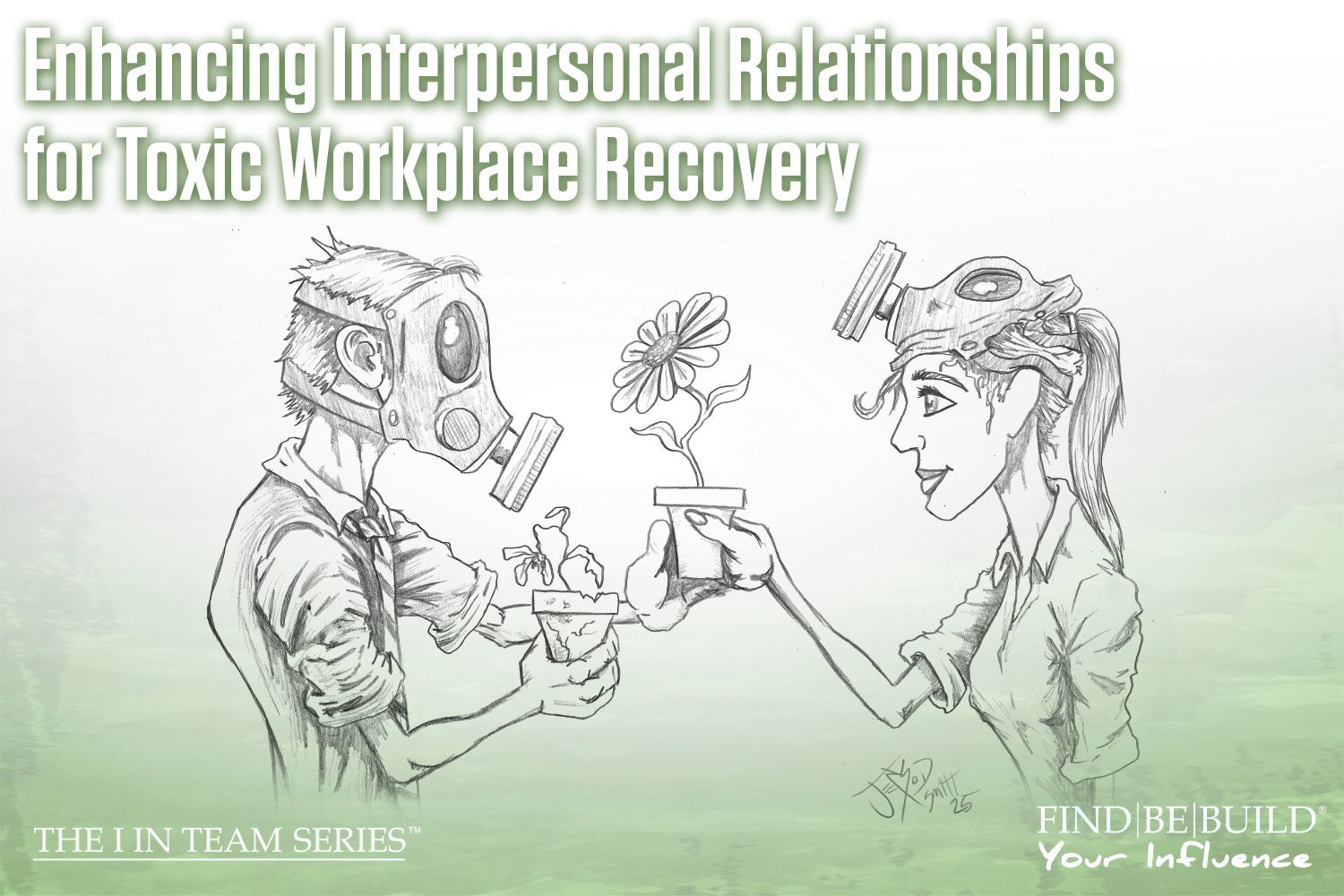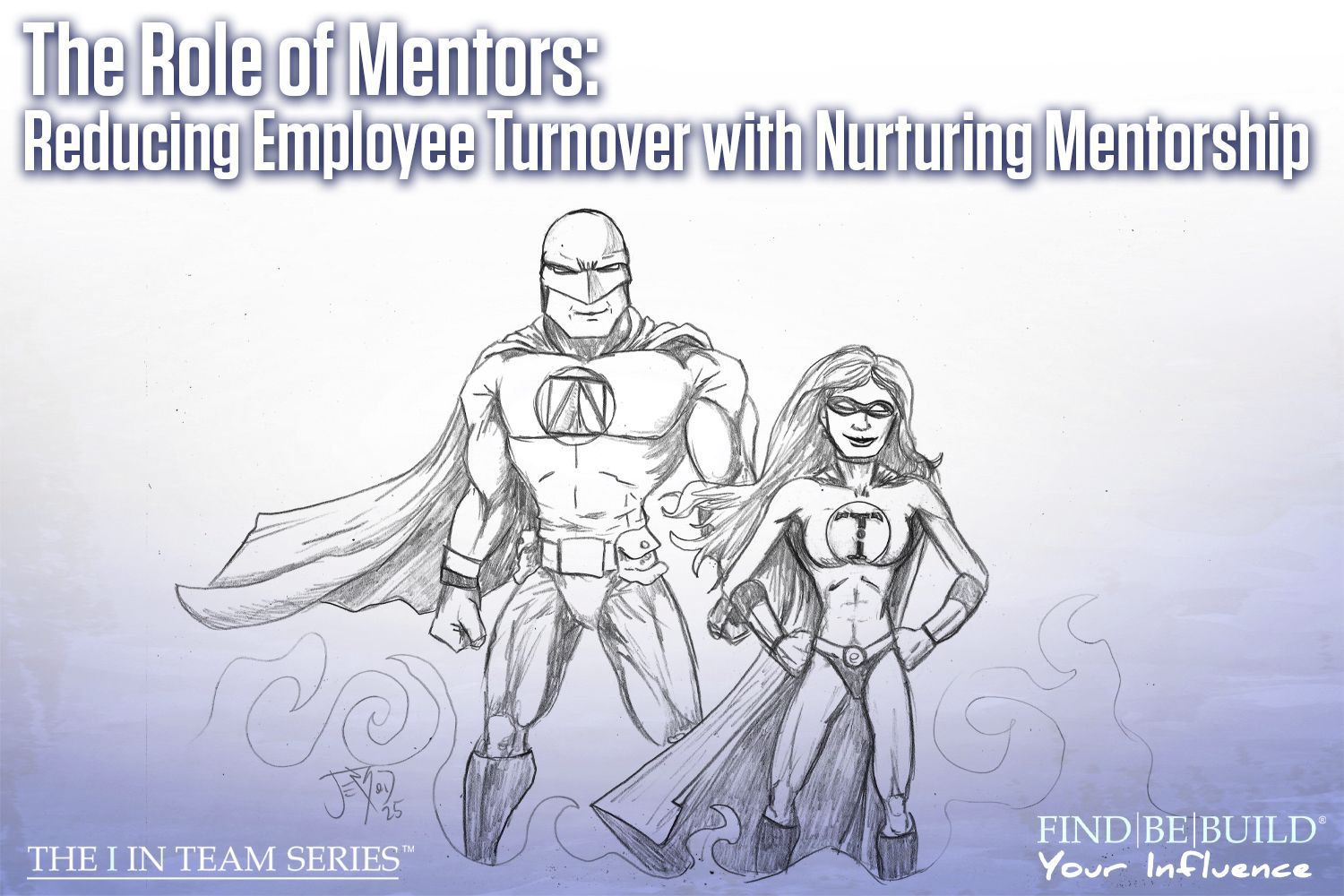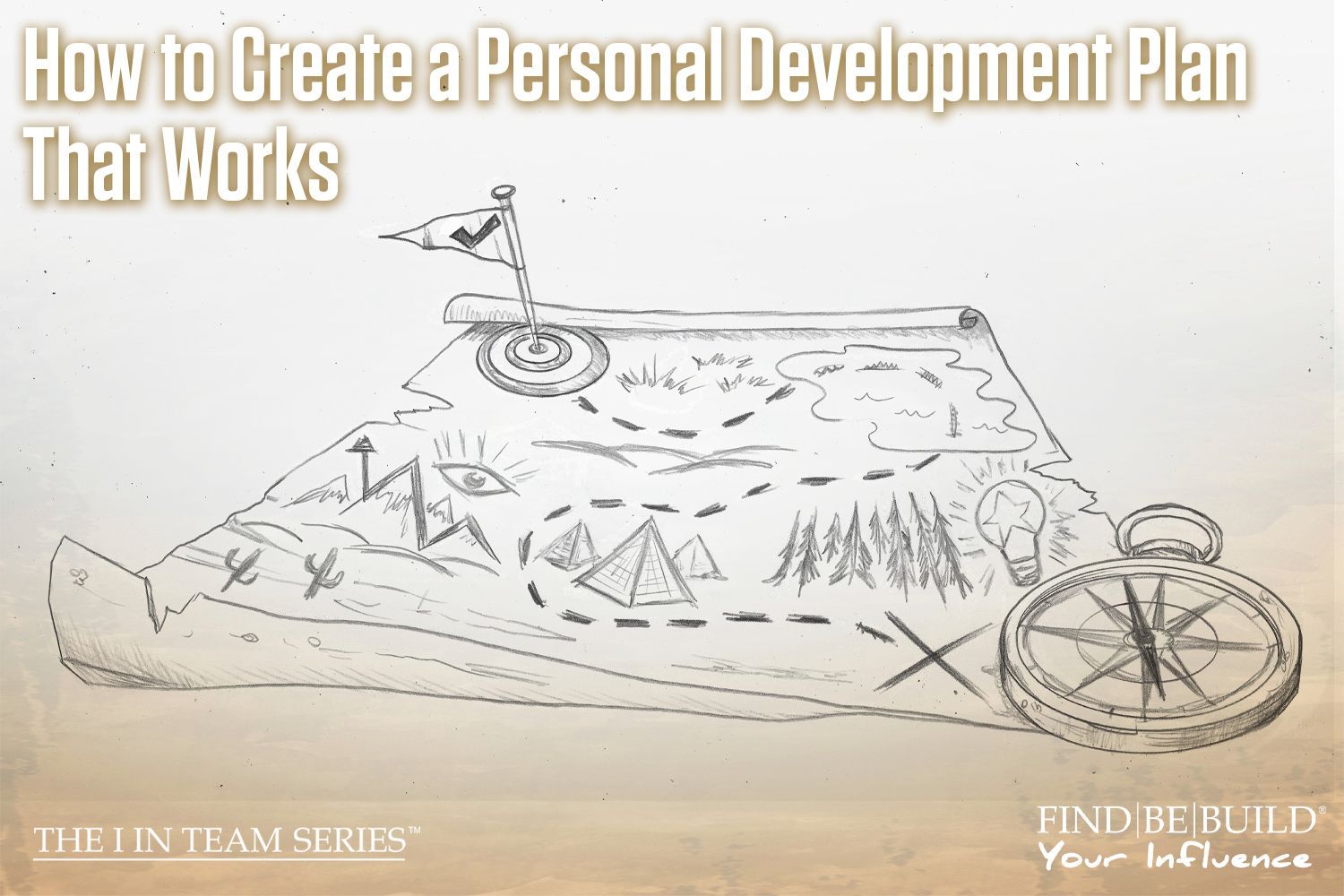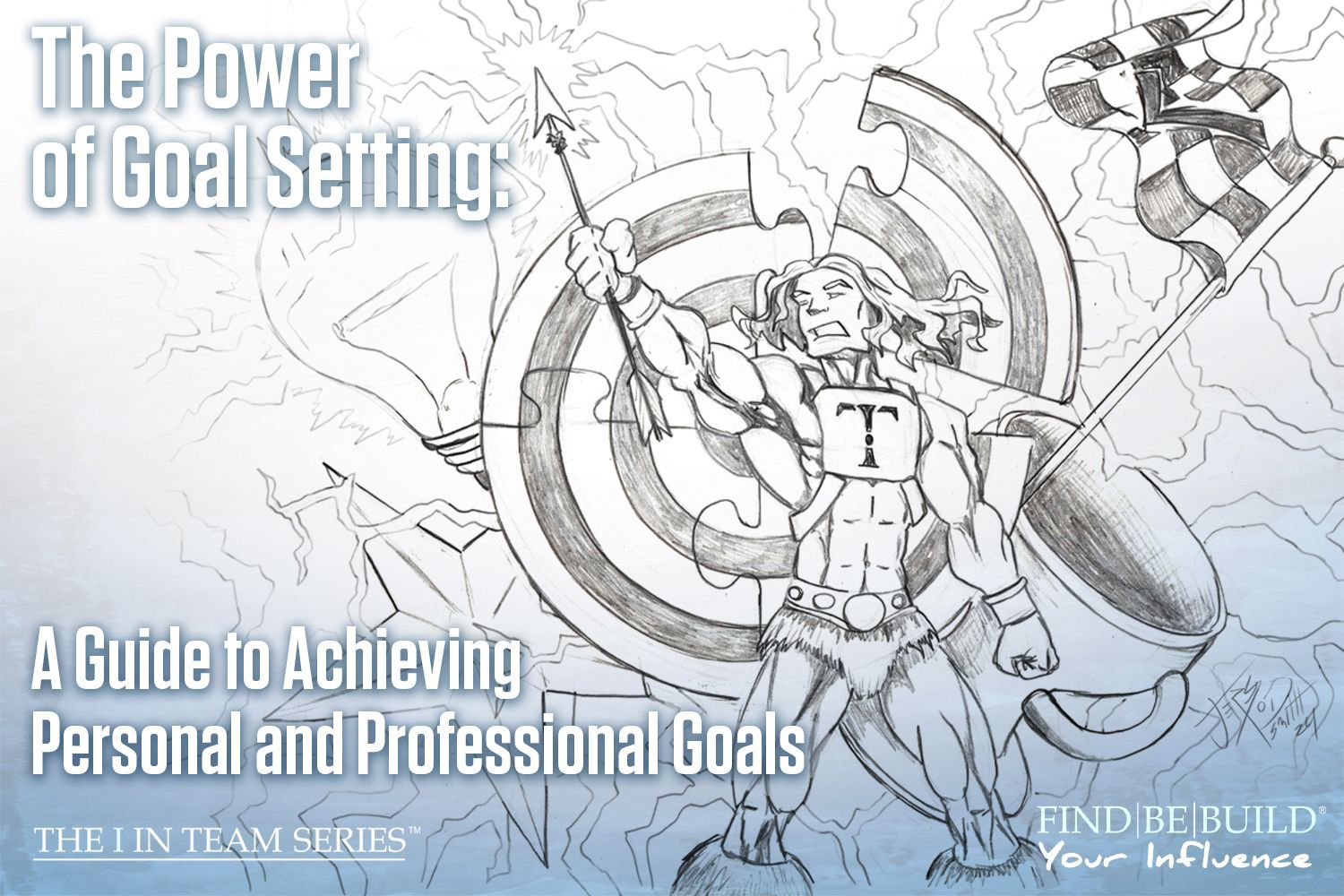Team Collaboration Training: Strategies for Building High-Performing Teams
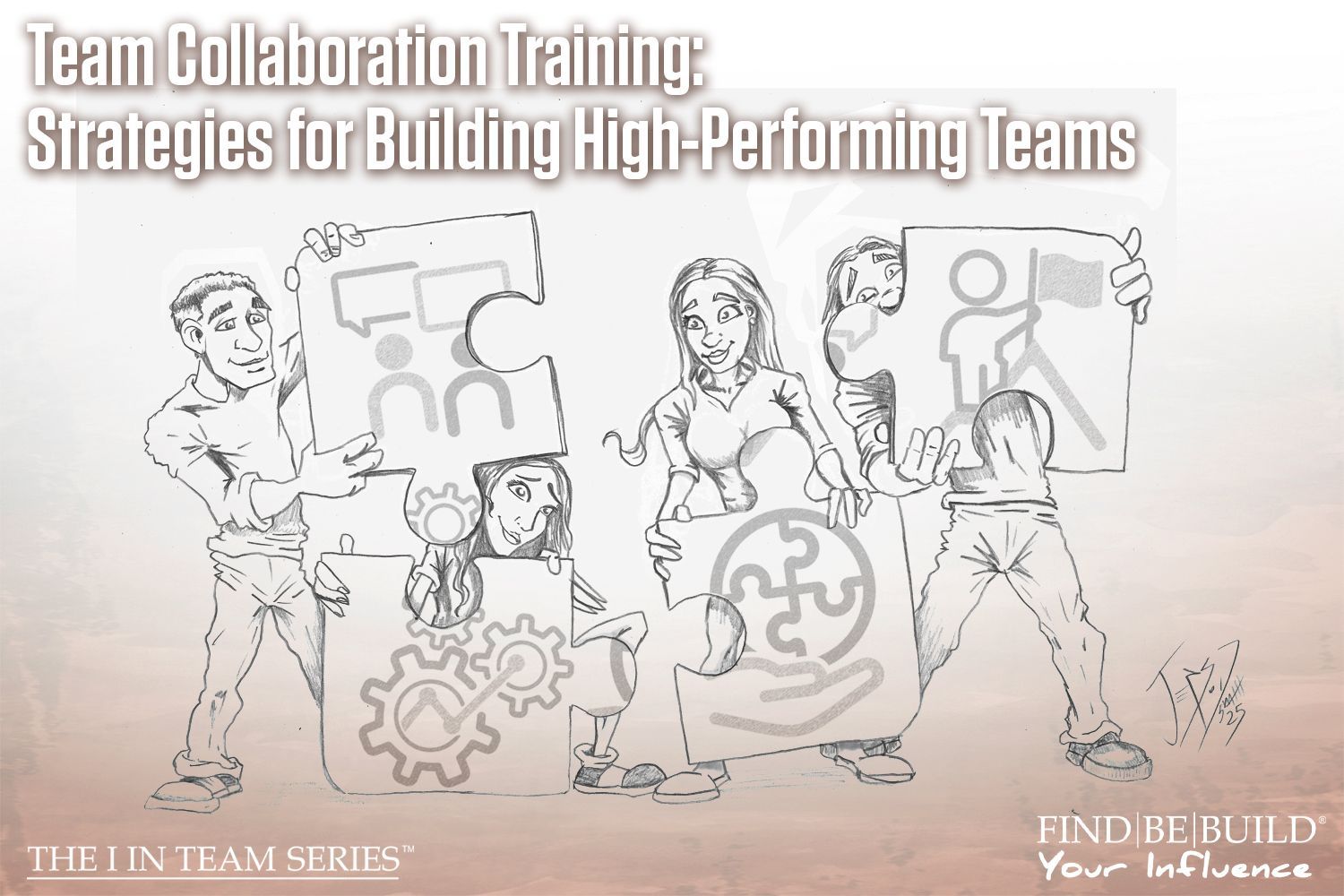
Team Collaboration Training: Strategies for Building High-Performing Teams
Hello again! It’s me, Mary, ready to continue our journey through the I in Team series, where we focus on helping you Find, Be, and Build your influence. As advisors, we work with two types of teams: Those who collaborate well and those who do not. If you’re the latter or just looking for more guidance on how to promote collaboration, you’re in the right place. Developing a strategy for team collaboration training can improve overall alignment, accountability, and build trust. You may already have a high-performing team that thrives on collaboration, but if you don’t, here is an easy read with our top tips.
Establish a Clear Vision
It’s difficult to encourage a team to become high-performing if they don’t know why. You must establish a clear vision to anchor your team’s work and propel them toward collaboration. Use S.M.A.R.T. Management to create specific goals and measure success. Help your team align their individual goals with the organization’s goals to help them foster a deeper sense of ownership and pride.
Once you have motivated your team and set a clear direction, take a moment to clarify their roles and responsibilities. If any team member feels confused about their contribution, they may not work at their highest level. It’s prudent to document individual responsibilities and interdependencies to help minimize confusion and maximize collaboration.
Promote Psychological Safety
Team collaboration training will be wholly ineffective if team members do not feel safe or do not trust each other. Distrust is one of the quickest ways to erode a positive team culture and can topple any high-performing team. To avoid this, focus on building psychological safety by encouraging open dialogue, risk-taking, and idea-sharing in a safe space that does not allow judgment. As a leader, you must model this vulnerability for your team and actively invite input from all team members to begin building a
culture that fosters openness and safety.
Here are some other ways to help build trust within a team and promote psychological safety:
- Remain accountable to your words with your actions
- Resolve conflict constructively and without bias
- Create bonding opportunities outside of formal work settings
Trust and safety fuel innovation, so feel free to get creative!
Celebrate Wins and Reflect on Losses
Taking a moment to recognize your team’s achievements fuels morale. It shows you are paying attention to the hard work they do to help the team become high performing. By recognizing both individual and team achievements often, you encourage the same level of work for the future. However, take note of how some individual team members prefer to receive praise; if you aren’t sure, read more about effectively praising team members in this blog.
Additionally, team collaboration training will require reflecting on losses and setbacks. Failure should never be seen as negative; promote reflection to consider what did and didn’t work so that the whole team can learn. This can often fuel improvement if done mindfully and positively.
Invest in Development
Investing in your team is investing in your organization. By providing opportunities for continuous learning, either technical or interpersonal, you mold better teammates who contribute to a more positive culture. There are many ways to invest in development:
- Create a mentorship program
- Offer free or paid courses online or through local organizations
- Encourage joining local chambers or other groups
- Hire outside coaches to perform team or individual development sessions
- Schedule team lunch and learns, and choose someone different to teach each one
Teams that have fostered a growth mindset with an eye on consistent learning opportunities always outperform teams that remain stagnant.
Team Collaboration Training Summary
Fostering team collaboration starts with you. The culture of a team will greatly influence its ability to be high performing. Focus on a clearly communicated vision, build psychological safety, celebrate victories, reflect on losses, and invest in team/individual development to prove your commitment to training. As always, if you have questions or need more assistance, please
reach out to us; IA Business Advisors would love to hear from you.
